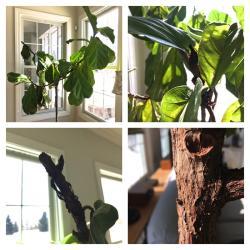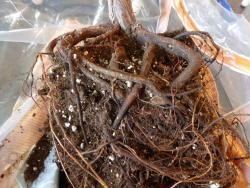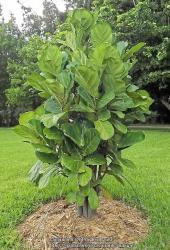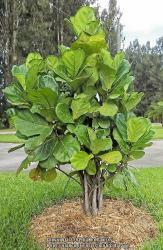Hello! Thank you for your reply. Your tree is just beautiful.
I'm in zone 6a, Carmel, Indiana, which I made sure to put into my profile.
Yes, we're definitely warm enough to put the plants outside in the summer. If you look at the first pic below you will see two windows. The one facing you on the left is the window from porch to living room. The one on the right is one of three south facing windows. This is where the tree spends its time and I do put it on the porch on and off throughout the warm weather. If it's too windy it comes in because it gets knocked over quite easily. It gets lots of light.
Regarding watering, I actually had an old glass funnel with a long tip inserted into the middle of the soil so in addition to watering from the top I could be sure to get some water into the middle of the plant. I was cognizant of the fact that water can just run down the sides of the plant so I always poured slowly and watched it soak into the top. It's clear to me now, though, that this wasn't enough.
When you say your tree never budded, it made me wonder if I used the improper term. I was referring to the leaf bundles (is that right?) at the tips of the branches, not the teeny buds that push out above leaf scars. I put two pics below of leaf bundles at the tips and one tiny bud above a leaf scar, though this is not what I was trying to reference initially.
My leaf drop count is now at about 30 leaves.

The leaves on a few of the tips still look decent and the branches that have lost leaves still have green under the bark. Assuming this problem was caused by a drought weakened tree further weakened by inopportune potting/root pruning, what is my best course of action now? Is there any time in the near future where I would want to do a weak fertilizer or is what is in the new potting mix sufficient for now? Do I want to cut any of the branches or just leave it as is because it needs whatever leaves are still clinging to life?
I hope I've answered in a way that helps. I'm so grateful for people like you and others who are willing to share advice and experience. Thanks!




